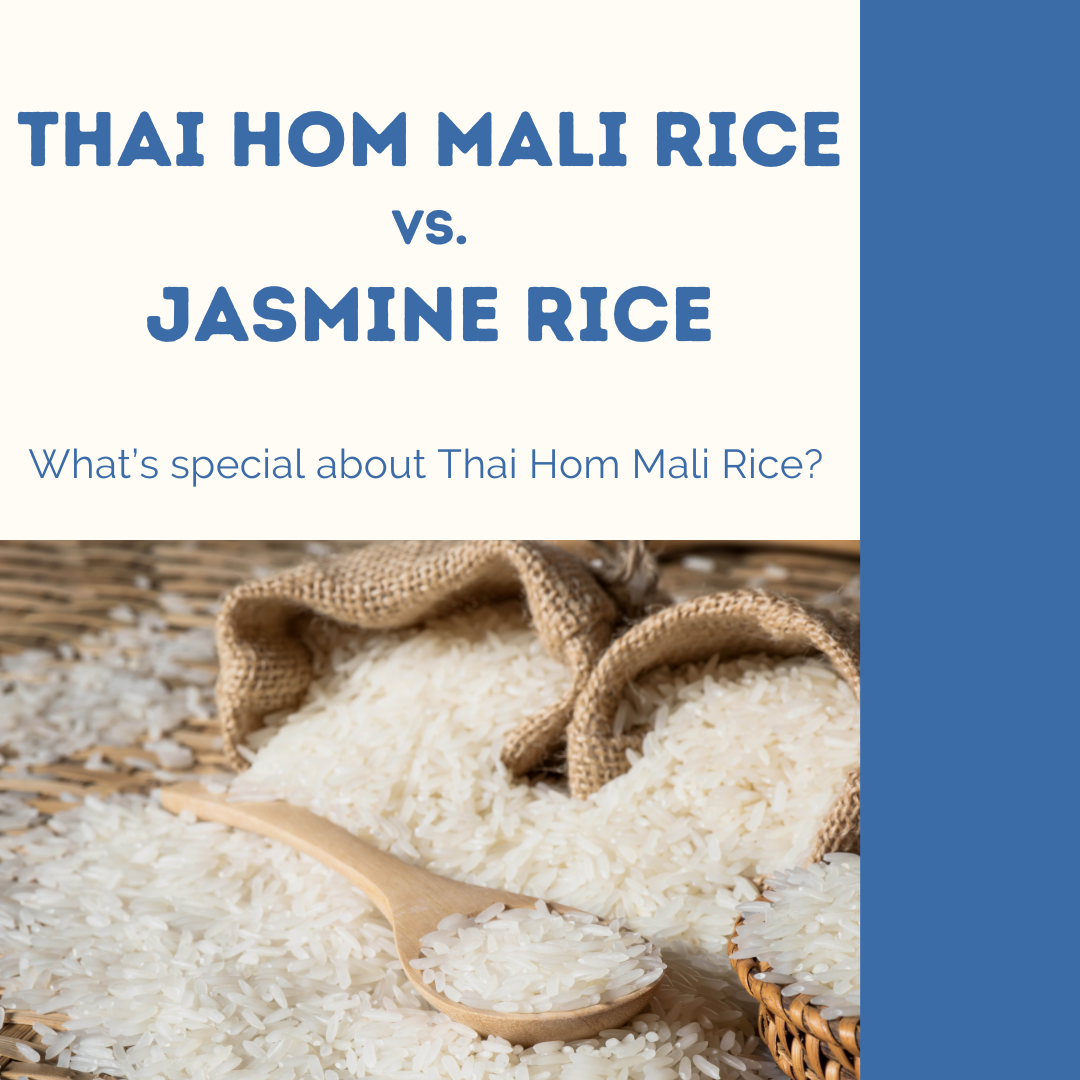While both Thai Hom Mali rice and Jasmine rice offer fragrant and flavorful options, Thai Hom Mali rice is distinguished by its stringent quality standards and superior aromatic properties. For those seeking the finest quality, Thai Hom Mali rice is the preferred choice.
Comparison
Thai Hom Mali Rice
- Origin: Thailand
- Aroma: Strong, jasmine-like fragrance
- Texture: Soft, slightly sticky
- Flavor: Subtly sweet
- Quality Standards: Strict regulations by Thai Ministry of Commerce; must contain at least 92% purity for premium grade
- Harvest: Once a year, October to November
Jasmine Rice
- Origin: General term for fragrant rice, grown in various countries
- Aroma: Mild to strong fragrance, varies by region
- Texture: Soft, slightly sticky to non-sticky
- Flavor: Mild to sweet, varies by region
- Quality Standards: Varies by country, less stringent than Thai Hom Mali
Key Differences
-
Stringent Quality Control
Thai Hom Mali rice undergoes strict grading for purity, moisture content, and grain characteristics, ensuring premium quality.
-
Geographical Specificity
Thai Hom Mali rice is exclusively grown in Thailand, while Jasmine rice can be cultivated in multiple countries, leading to variations in quality and characteristics.
-
Aromatic Intensity
Thai Hom Mali rice is known for its strong, consistent jasmine aroma, often referred to as the “King of Jasmine Rice.”

